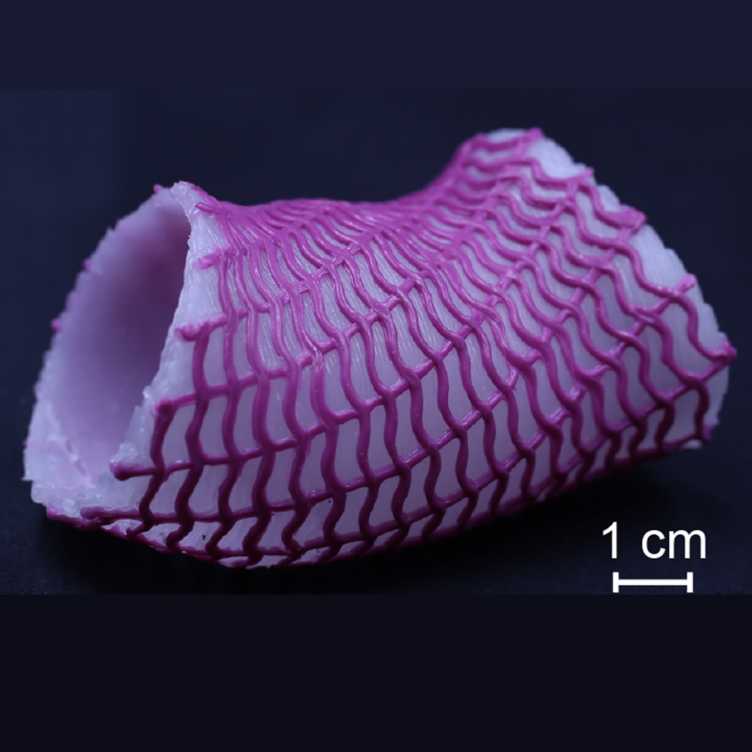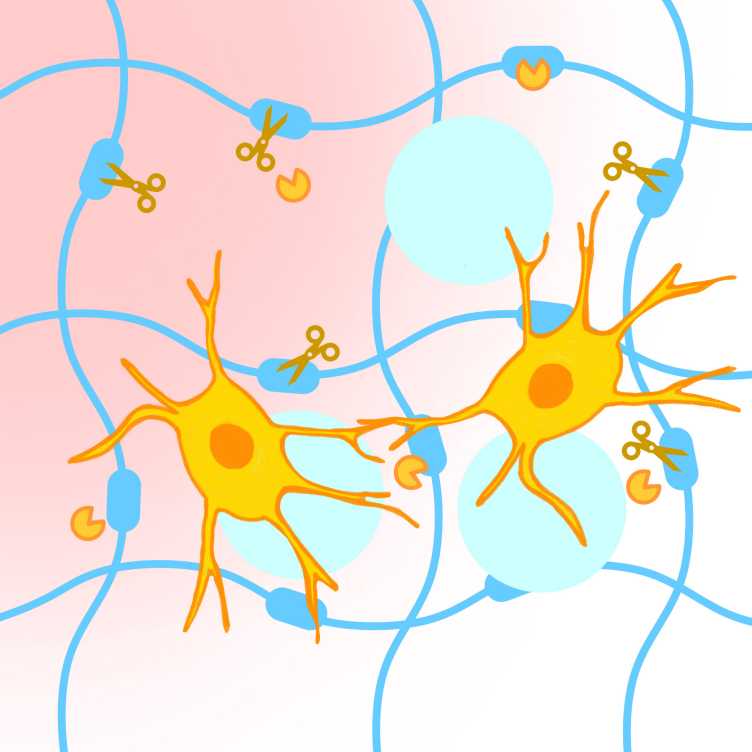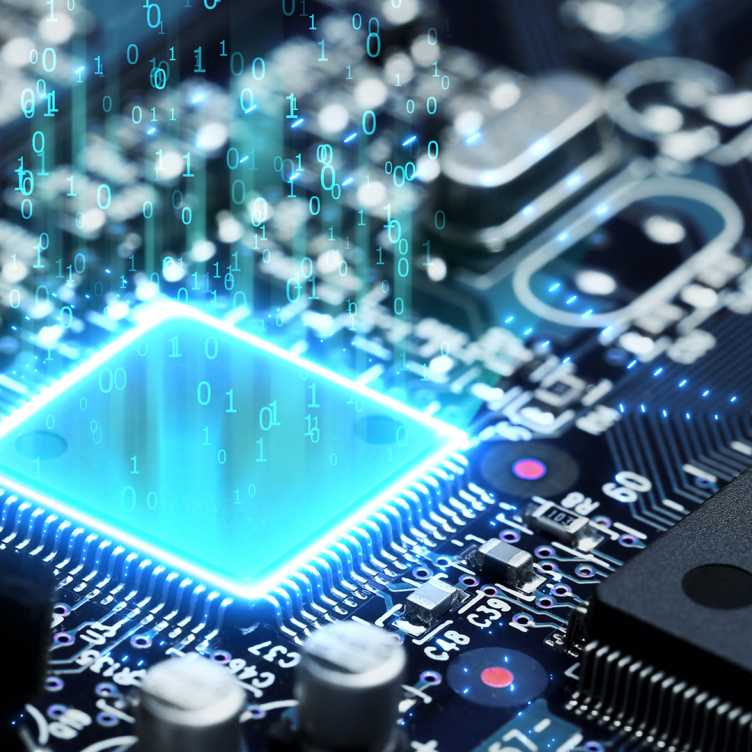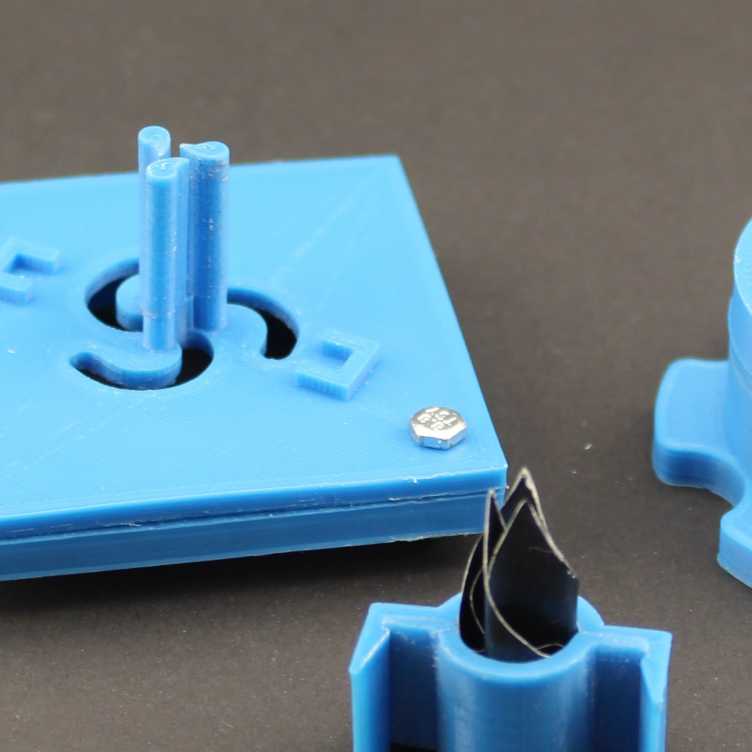Technologieangebote

Verschiedene Technologien der ETH Zürich stehen zur Lizenzierung zur Verfügung. Die untenstehende Liste zeigt eine Auswahl der zum Patent angemeldeten Erfindungen. Siehe auch: Newletter TechAlert, externe Seite LinkedIn, externe Seite swiTTlist, externe Seite In-Part.
Technologieliste
Upcycling styrenic (co)polymers into valuable platform chemicals

This method depolymerizes aromatic vinyl-based polymer waste by converting them into platform chemicals. Mild reaction temperatures and a transition-metal-free initiator qualify this method for polymer waste recycling and sustainable chemical manufacturing. Download factsheet (PDF, 180 KB)
Next generation of iron supplementation addressing iron deficiency and anaemia

This novel Fe(II)-fortified dietary supplement delivers iron in the optimal bioavailable form to the body. It blends with various foods and drinks without affecting taste or aroma. The supplement is suited for vegetarian and vegan diets. Download factsheet (PDF, 250 KB)
Aligning microtissues in microtome blocks for rapid histological processing and analysis

Acoustofluidic focusing aligns microtissues such as organoids, spheroids and tumoroids in a single plane of a microtome block. Consequently, the samples are easy to locate inside the block. Microsectioning a thin slice of the plane yields a maximum of samples, thus, rendering microscope analyses and down-stream processing more efficient. Download factsheet (PDF, 192 KB)
Complete dechlorination and recycling of organochlorine pollutants such as lindane and DDT

This electrochemical method completely dehalogenates organochlorine pollutants. The end products are harmless inorganic salts and recyclable commodity chemicals. This technology treats pure pollutant samples as well as low-concentration mixtures like contaminated soil, filtrate, or absorbers. Reactors are easily assembled on-site. Download factsheet (PDF, 305 KB)
3D printed salt molds for custom structures

A leachable salt mold is used for shaping complex structures of materials, which are not suitable for direct 3D printing. This templating system offers design flexibility and allows intricate geometries of materials such as biomedical silicones, light metals, or composites. The fast fabrication of molds is ideal for prototyping and custom designs. Download factsheet (PDF, 237 KB)
Mitigation of jammers in wireless communication

A communication system and method mitigate the interference of smart or multi-antenna jammers with radio signals. The invention benefits applications with multi-antenna receivers that need to defend against enviromental interference and/or hostile jamming such as remote controlling of drones or autonomous driving. Download factsheet (PDF, 318 KB)
Stiff and lossy materials for noise cutting and vibration damping

A composite material combines properties, which are usually mutually exclusive: high stiffness linked with high vibration damping. This odd combination allows the use of stiff materials such as glass and metal in scenarios where vibration or noise damping is essential. The added polymer is transparent which works for glass windows or displays. Download factsheet (PDF, 255 KB)
High-frequency shear rheometer for characterizing colloidal dispersions and polymer melts

This high-frequency rotational shear rheometer analyses local-scale viscoelastic properties and fast dynamics of complex fluids, such as the dispersion state of colloidal dispersions or segment dynamics in polymeric systems. It operates as a stand-alone device as well as an add-on to commercial shear rheometers to extend the available frequency range. Download factsheet (PDF, 232 KB)
Chemiresistive sensor for broad-range oxygen monitoring

This light-activated sensor monitors oxygen levels across a broad range of environmental conditions. It tolerates high humidity and interferant gases. Its low power consumption and miniature design make it ideal for remote, in-field applications (exhaust gas analysis, air quality measurements, early detection of food spoilage, breath monitoring). Download factsheet (PDF, 459 KB)
Photoclick hydrogels for 3D-printed porous implants

This 3D-printable hydrogel has applications in dental implants, bone regeneration, and wound healing. The optimal nutrient/oxygen permeability and favorable 3D cell-material interaction foster implant-tissue integration and tissue regeneration. Its fast photofabrication produces implants with complex porous structures. Download factsheet (PDF, 559 KB)
Fault ride-through and current limiting control of grid forming inverters under grid faults

This circuit arrangement and control code protect grid forming inverters from overcurrent damage during a symmetrical or asymmetrical fault ride-through. Protected inverters quickly limit fault currents at a prescribed level. They preserve voltage angle forming for grid synchronization and the provision of dynamic ancillary services. Download factsheet (PDF, 228 KB)
Depolymerization of vinyl polymers for the recycling of plastic waste

The photo-activated depolymerization method reverts commercial vinyl polymers like Plexiglas® back into its original monomers. Producers of plastic contribute to the circular economy by implementing this method into their value chain without compromising on quality, purity and yield.
Download factsheet (PDF, 241 KB)
Self-healing, 3D printable silicone formulation

Self-healing and creep-resistant silicones enhance the durability of surgical phantoms, soft robotic actuators, and hydraulic tubings. Human intervention in repairing mechanical damage is reduced. Complex-shaped parts with spatially tuned mechanical properties improve the performance of stretchable electronics. Download factsheet (PDF, 508 KB)
Lipid nanoparticles as harmless pathogen proxies for monitoring surface and hand disinfection

Lipid nanoparticles act as surrogates for micro-organisms and help determine the effectiveness of cleaning and disinfection procedures. Validation of surface and hand disinfection becomes faster and more sensitive, facilitating hygienic processes and conditions in GMP and healthcare environments.
Download factsheet (PDF, 317 KB)
Synthetic hydrogel matrix for collagen imaging on chip

This microfluidic culture mimics early bone development in vitro. The on-chip assembly is accessible to various imaging techniques, which facilitate the monitoring of cell-secreted collagen fibres and diagnosing tissue disorders such as brittle bone disease, cancer and fibrosis. Also, in vitro screening of drug candidates is possible reducing the necessity of animal testing. Download factsheet (PDF, 318 KB)
Microfluidic device for quantitative single cell proteomics

This microfluidic device traps single cells and performs sample preparation for proteomic analysis. The combination of multiple units enables the processes of cell injection, capture, lysis and detection to be completed on a single microfluidic device.
Download factsheet (PDF, 273 KB)
Zero-power event detection for waking up smart devices

This zero-power sensor transforms vibrations into electric signals. It activates smart devices which have been switched off completely using the energy of the trigger event. Smart devices with zero-power sensors, thus, save energy in their dormant state while remaining ready for relevant triggers.
Download factsheet (PDF, 517 KB)
Paper-based electrodes for more accurate rapid tests

This rapid diagnostic test kit combines the convenience of a fluidic assay with the reliability of an electrochemical readout within the same unit. Applications lie in the field of clinical diagnostics, chemical analysis, food inspection and environmental monitoring.
Download factsheet (PDF, 454 KB), externe Seite YouTube
Low leakage integrated circuits for Internet-of-Things

- reduced power consumption improves battery lifetime
- memristor-transistor technology
- hysteresis-free and convenient for CMOS integration
- Download factsheet (PDF, 267 KB)
Robust and precise genetic feedback control systems for cell therapy

- autonomous control of therapeutic dose
- reduction of side effects
- robust to interpatient variability (age, sex, disease status)
- Download factsheet (PDF, 438 KB)
Downward ICP mass spectrometer for the analysis of cells and particles

- sample introduction efficiency independent of size and size distribution of the sample aerosol
- simple coupling to cell/particle sorting systems
- Download factsheet (PDF, 517 KB)
Safe and effective Salmonella vaccine for application in livestock rearing

- oral administration, low cost production
- effective against rapidly evolving Salmonella serovars
- interview with inventor (externe Seite YouTube)
- Download factsheet (PDF, 521 KB)
Expanding, ultrathin, smooth cylinders for implants

- tuneable fixation forces inside a confined vessel
- for trans-catheter heart valve replacement
- interview with inventor (externe Seite YouTube)
- Download factsheet (PDF, 493 KB)
3D microfibrillar scaffolds for in vitro cell culture, tissue engineering and surgical applications

- highly porous and aligend 3D scaffold for cell infiltration, easy and fast preparation
- interview with inventor (externe Seite YouTube)
- Download factsheet (PDF, 389 KB)
PEGylation of therapeutic proteins and peptides

- fast, selective formation of a covalent bond between two large molecules
- chemoselectivity in the presence of unprotected functional groups
- Download factsheet (PDF, 409 KB)
Building blocks for the synthesis of sterochemically pure oligonucleotides

- synthesis of PS oligonucleotide drugs
- stereopure, clinically-validated chemistry
- Download factsheet (PDF, 339 KB)
Real-time user feedback from unpredictable data streams

- application for teleoperation, raytracing, interactive simulations
- surrogate functions provide real-time response
- Download factsheet (PDF, 281 KB)
Kontakt
ETH transfer IP und Lizenzen
Rämistrasse 101
8092
Zürich
Schweiz
